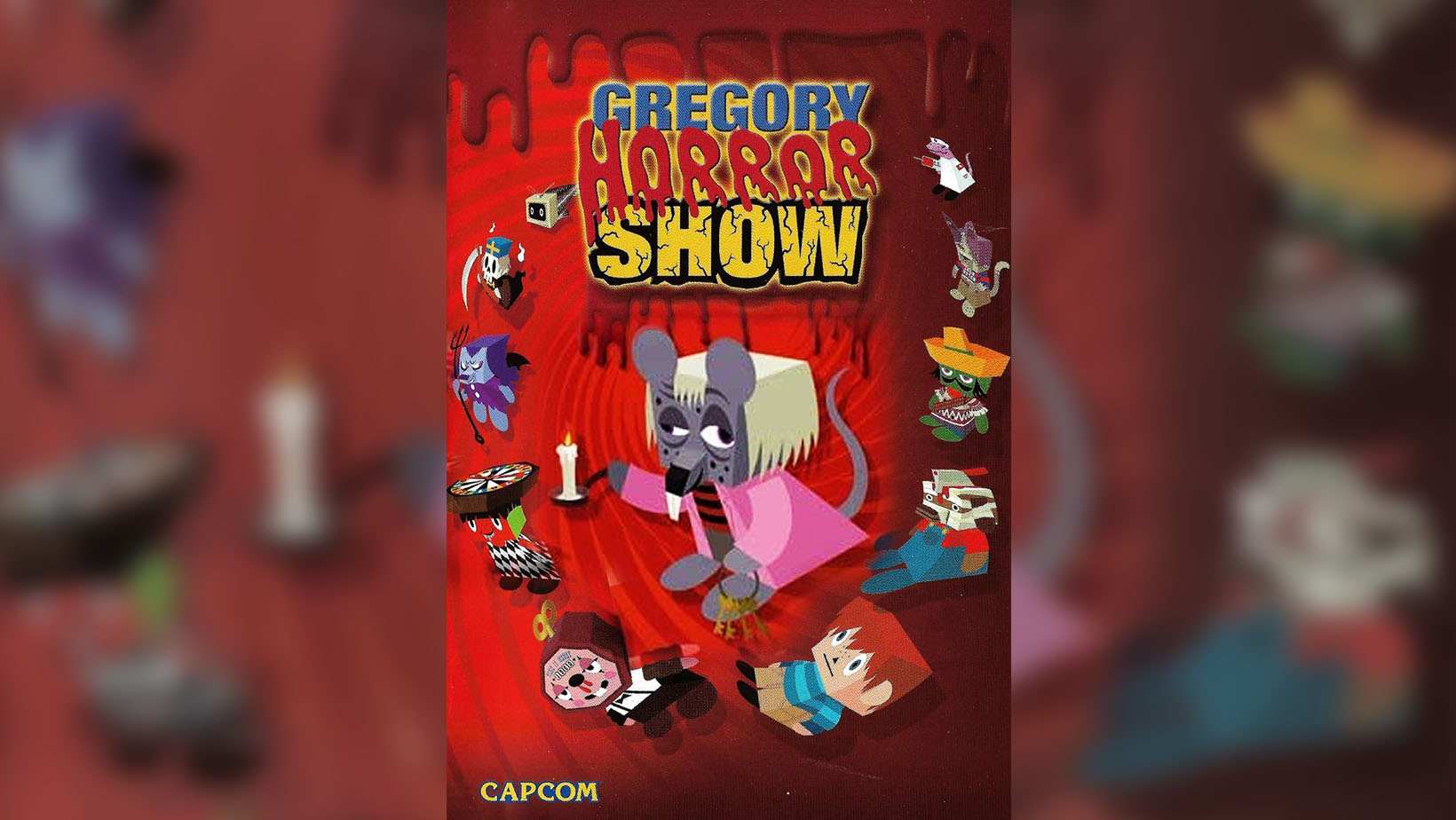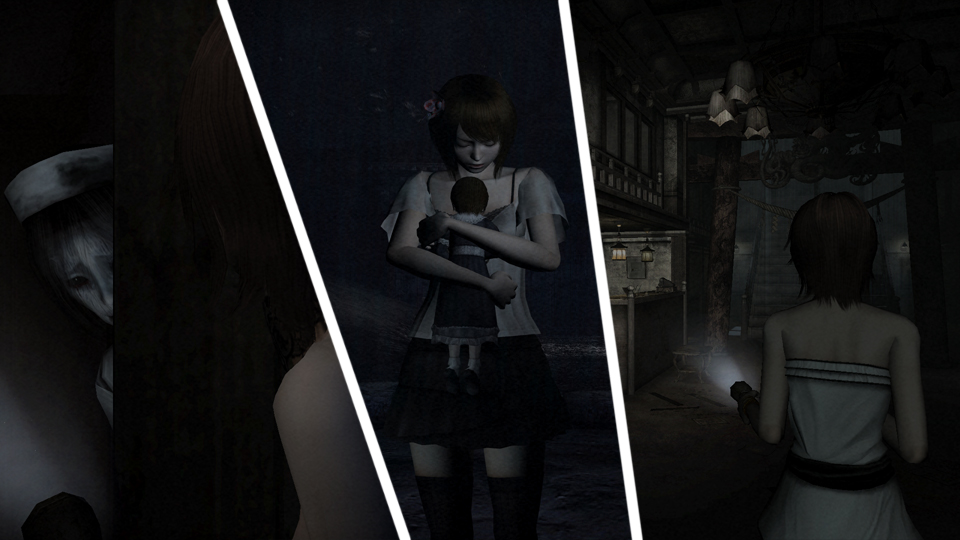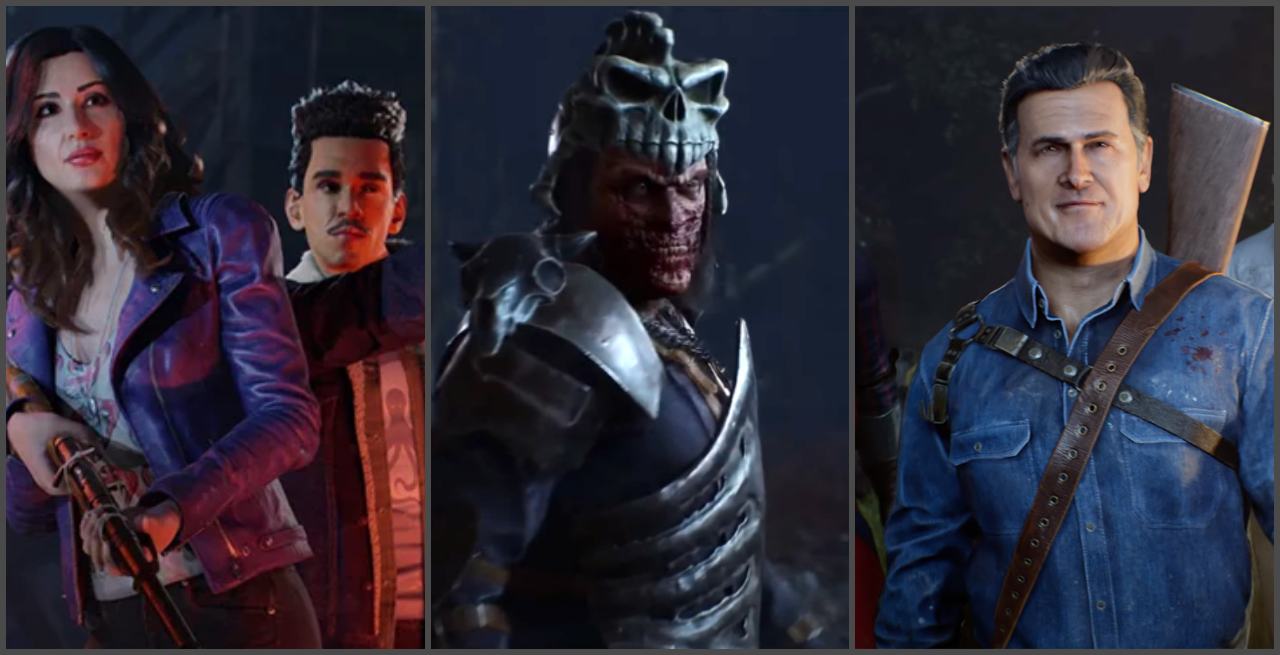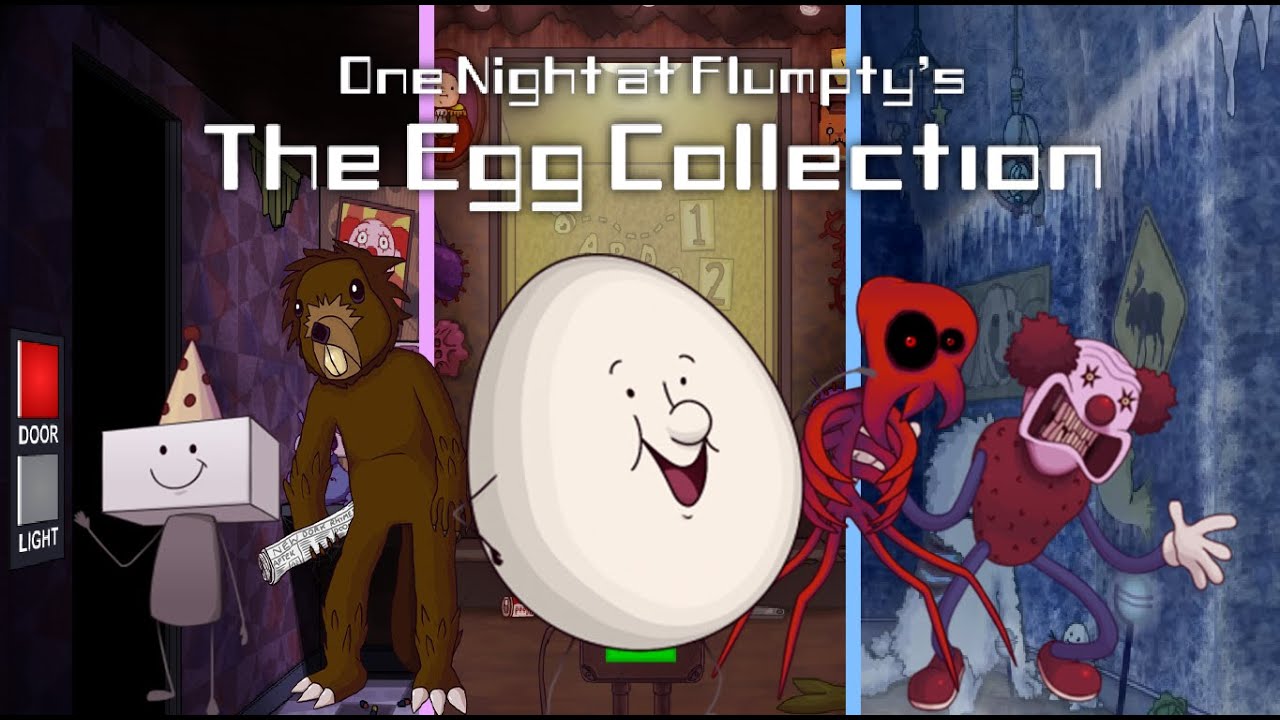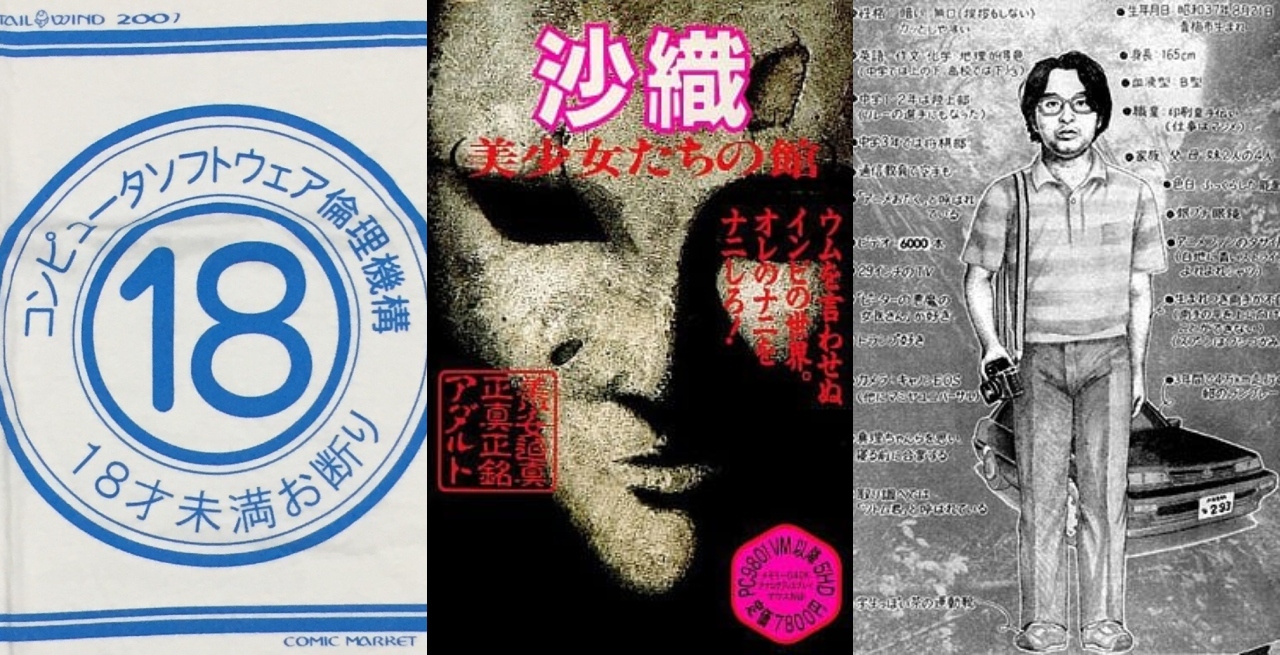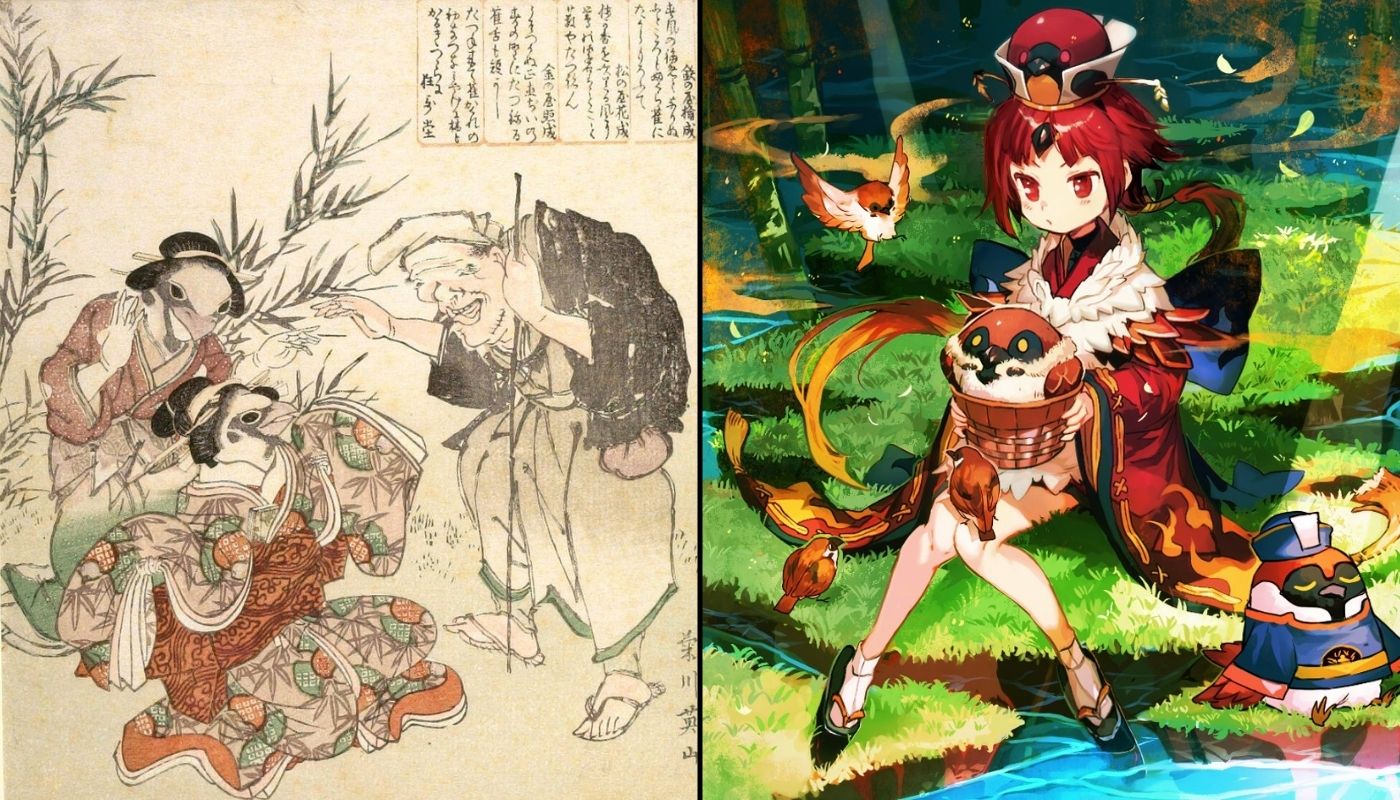
Authentic, genuine portrayals of love are difficult to come by on-screen. Almost as difficult to find as a visual novel without the usual anime-adjacent conventions. Like a good horror movie with its chopping heads and flying limbs, a good romance will feature all the acts that we understand as “falling in love” – the meeting, escalating conversations, the first kiss, and so on. A process with its tropes and variations that we well understand, even expect. How often do we really see the goings-on in a character’s head, the uncertainty and devastation, fixation and drive? How the experience of love melds and reshapes us?
The genre of psychological horror subverts the trend of simply showing terror on-screen and placing the burden of fear on the viewer by delving into the deeper mental implications of fear, essentially treating the emotion as an object in and of itself. Perhaps we are overdue for an emergence of psychological romance, where love is more than an idea, something worth examining.
Enter An IOU, a 2022 debut visual novel independently authored by Davey Cadaver with original art by Trevin Wyant. A short, to-the-point experience with a freshness of vision and style. It describes itself as inspired by visual novel heavyweights such as Doki Doki Literature Club, The House in Fata Morgana and Higurashi: When They Cry, however the experience itself is radically different than the offering of those and similar titles.

The game starts with an ominous graphic of a figure, its head bored by a red hole, the screen shattering in veiny rivulets as we press start, complying with the expectation that we are in for an experience of horror. As the story begins, however, we are presented with a simple scenario of a boy and a girl, Trevor and Mallory, gradually bonding emotionally in non-ideal life circumstances, essentially turning psychological visual novel conventions of the mundane escalating into the absurd and terrifying on its head by using horror imagery to portray the sharp emotion of a mundane love affair.
In this way, the artwork is inseparable from the story. The game is comprised entirely of illustrations with no sprite work. Every scene features its own unique artwork, produced on paper with watercolors and pastels. The art itself is messy and minimalistic, sharply expressive with its scratchy lines and brushstrokes. It sometimes feels like we can almost smell the familiar scent of pigment and medium.
Less congruent is the text box of the game, which hovers uncomfortably over the screen, sometimes covering important elements of compositions, never quite making friends with the artwork. Additionally, there is some less-than-ideal use of stock footage that too strongly contrasts the hand-painted graphics and serves to balloon an hour-length visual novel to an inappropriate file size.
Barring these exceptions, everything from the art to the music and writing shares a common strength of effectively conveying more than it shows. We see objects, locations, people, and actions in indirect ways that feel hazy, like a barely-remembered dream.
The pivotal relationship between Trevor and Mallory is shown through snatches of dialogue taken from their daily lives as the two form a mutual oasis from the tumult of their lives and dissatisfactory romantic relationships. Time progresses and the pair form a closer bond based on an unspoken understanding that their attachment can never cross the line of admitting affection. Hovering awkwardly between the platonic and romantic, An IOU effectively portrays the pains and terrors of emotional cheating in vivid darks and reds practically screaming what Trevor and Mallory dare not vocalize. Despite the well-known pitfalls of youthful angst, the dialogue always feels honest and relatable, highlighted in a moment when Trevor misinterprets Mallory’s words as a confession of her feelings in a casual car conversation, uttering the ‘elephant in the room’ that is immediately ignored again as the conversation simply continues on its tracks, all the more awkward for the obvious exclusion. These dialogues form the majority of the playtime and are no shame – they are a joy to read.

The central conflict of the story is partially more uncertain, however, and I would not have minded some additional context or interaction with the secondary characters. The respective partners of Trevor and Mallory are merely inconvenient obstacles to their potential romance, their attachments not explored, which lessens the tension and pathos of the central conflict. The story’s sole focus on Trevor and Mallory lessens the stakes for the reader if the two decide to sacrifice their intimate bonds for each other, which feels slightly at odds with the story’s messy, three-dimensional picture of interpersonal connections. Consequently, the conflict’s ultimate resolution feels a bit quick and comparatively fanciful.
Another aspect of An IOU that I would have liked to see more developed is its interactivity. There are many dialogue choices for the reader to make scattered throughout, but they feel inconsequential and only lead to minor differences in dialogue. Scouting for the game’s two alternative endings feels random and cryptic, with most choice sequences leading to the default, canonical ending, the alternative resolutions feeling abrupt and underwhelming.
Despite its lesser flaws, however, An IOU is a clear recommendation for readers who enjoy artistic, genuine portrayals of romance and human connection, as well as visual novel enjoyers ready for a short breath of fresh air. Cleverly wrapping a romance story inside the aesthetic framing of horror and thus subverting the conventions of both, it is a look into the potential of psychological exploration of love stories in the visual novel medium. I hope Davey’s next venture is as bold and soul-baring as An IOU, the visual novel medium welcomes (needs) it.
An IOU is available to purchase currently via Steam.
More Game Reviews
Gregory Horror Show is a 2003 Japanese mystery survival horror, developed by Capcom and released on PS2 in Japan and in Europe a few months later. The game is based… Zero: Tsukihami no Kamen [零〜月蝕の仮面〜], or Zero: Mask of the Lunar Eclipse, was the fourth main entry in the Zero series and a switch from Sony’s platform to Nintendo’s. For the… Evil Dead is a cult franchise in every sense of the idea – a variety of divergent media in the realm of comics, games, and merchandise; all humbly originating from… The following article contains spoilers for the One Night At Flumpty’s games. If you want to experience the surprises first hand ‘One Night At Flumpty’s: The Egg Collection’ is on… Hi fellow weirdos! Today we are discussing an obscure controversy that actually changed the whole Japanese adult video game industry. Dubbed “The Saori Incident” in the press, this 1991 affair… You may already be aware of the hit mobile game Fate/Grand Order, which has a really fun mix of anime, historical figures, folklore, waifus and even some sci-fi elements! Right…Gregory Horror Show (2003) Game Review – Strange Survival-Horror
Fatal Frame IV: Mask of the Lunar Eclipse Review
Evil Dead: The Game Review – The Fantasy of Every Evil Dead Fan
Examining One Night at Flumpty’s – A Chaos God of Death (who’s an egg)
Japan Deep Dive: The Saori Incident
Japanese Folklore of Fate/Grand Order: The Tongue-Cut Sparrow
